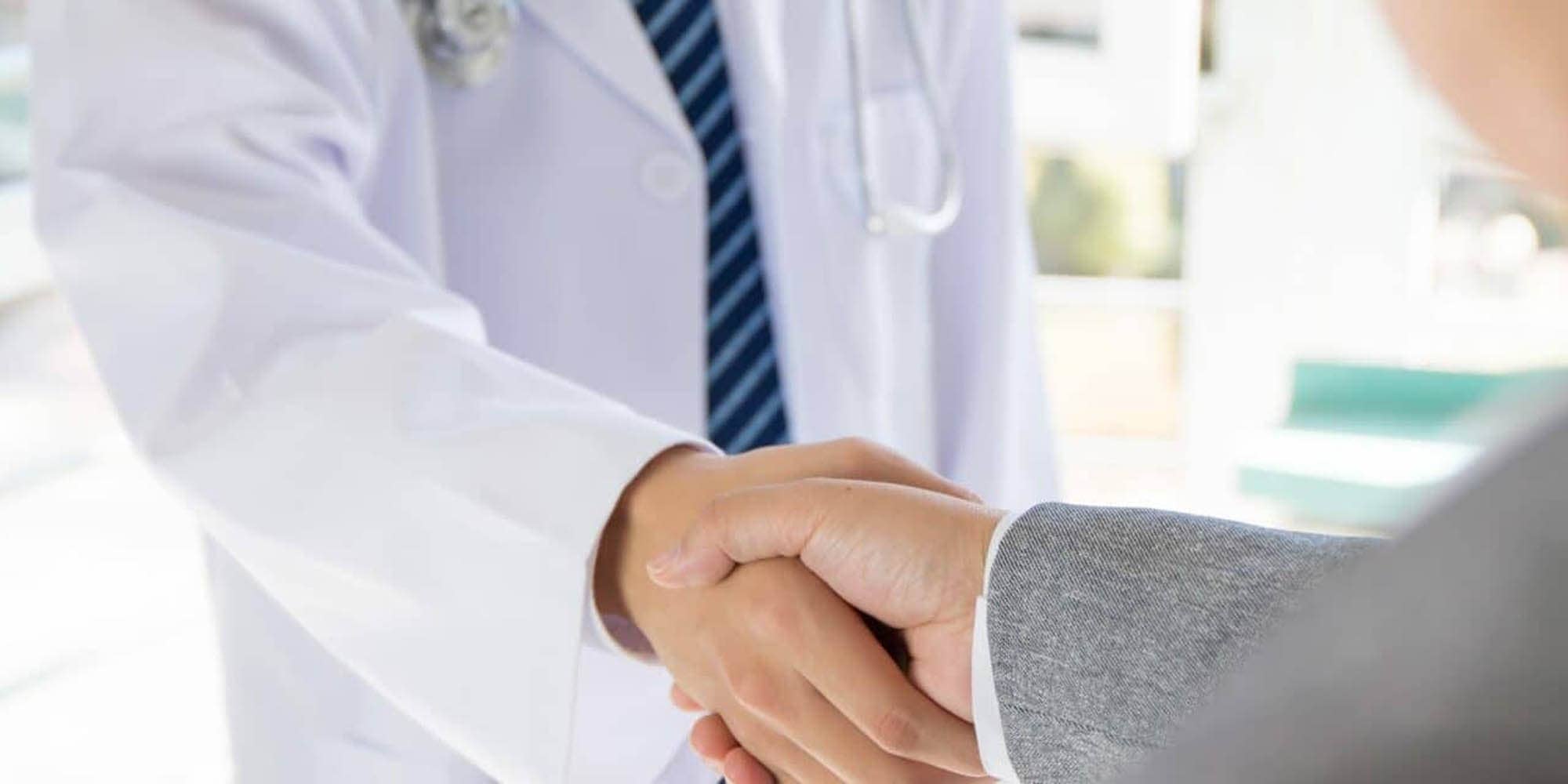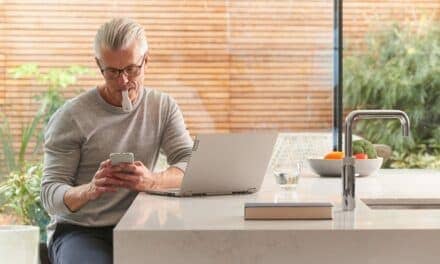A second chance for many patients, devices like Inspire and remede also facilitate new avenues for marketing, referrals, and more
By Chaunie Brusie, RN, BSN
Neurostimulators are known for serving patients who can’t be fully treated with traditional first-line therapies.
More clinicians are offering a comprehensive approach to therapy that includes neurostimulation for patients who qualify, as well as encouraging the increased awareness the device category brings to the table. Sometimes dubbed “neurostims,” neurostimulators approved for sleep medicine indications include Inspire for obstructive sleep apnea and remede– for central sleep apnea. As adoption of the devices has grown, so have the benefits of their utilization.
Building relationships
Sudha Tallavajhula, MD, associate professor in the epilepsy division of the department of neurology at UT McGovern Medical School, has seen a positive impact from patients who have access to more expanded treatment options.
“Neurostimulation has added an exciting facet to sleep medicine,” says Tallavajhula, who is also medical director of TIRR Memorial Hermann Neurological Sleep Disorders Center in Houston, Texas. “We can now offer more options for patients who struggled with positive airway pressure therapy.”
Tallavajhula notes that sleep medicine as a specialty is oft misunderstood, frustrating both referring providers and patients. “I had a patient tell me that he was sure I had a vested financial interest in issuing CPAP machines,” she says, though that is obviously untrue.
Robin Germany, MD, clinical assistant professor at the University of Oklahoma and chief medical officer of the ZOLL Respicardia division, which markets the remede– system, says that as more non-sleep physicians understand that new treatment options exist for sleep apnea, they are more likely to encourage their patients who are resistant to the idea of CPAP to see a sleep specialist.
Additionally, safety data from the SERVE-HF trial points to the need for non-positive airway pressure therapies to serve the needs of select sleep apnea patients.1
“Due to the high prevalence of central sleep apnea in cardiology, we hear again and again how sleep clinicians have used remede– as an opportunity to establish or re-establish a relationship with their cardiology colleagues,” Germany says. “The most successful remede– programs have close collaboration from cardiology and sleep, with cardiologists screening patients for sleep-disordered breathing, sleep clinicians diagnosing and establishing a treatment plan, and cardiac electrophysiologists performing the implant if remede– is selected.”
Eugene Chio, MD, associate professor and director of sleep surgery at The Ohio State University Wexner Medical Center in Columbus, has also found establishing relationships with cardiologists to be mutually beneficial. Sleep specialists are more likely to refer central sleep apnea patients to cardiologists, while cardiologists and ENTs can refer on to sleep medicine. “The relationships are a two-way street,” he says.
Tallavajhula too has seen an increase in awareness within academic and tertiary care centers around solutions for conditions such as facial droop in stroke patients. Informational discussions with interventional cardiology, electrophysiology, neurology, and primary care colleagues have been positive and encouraging since neurostimulators have been more readily available, she says.
Additionally, patients themselves are spreading the word about neurostims. “The best testimony though is favorable patient experience and that has brought in a lot of referrals,” Tallavajhula says. “Although we have a long way to go, I believe that we now have an exciting narrative to present.”
Step in the right direction
Tabarak Qureshi, MD, FCCP, chief of pulmonary medicine at AdventHealth, Central Florida Pulmonary Group, has seen an increase in patient foot traffic with a higher volume of patients inquiring about the devices.
“I am seeing more patients who had given up after failing positive airway pressure devices and did not feel they had any other option to control their sleep-disordered breathing,” says Qureshi, who is also assistant clinical professor of medicine at the University of Central Florida School of Medicine.
Cindy Crosby, MS, MBA, RPSGT, director of sleep services at UCHealth North Poudre Valley Hospital Sleep Disorders Center in Fort Collins, Colo, also sees a primary benefit of both utilizing and marketing neurostimulators.
Neurostimulator marketing is often heavily centered on its use as a “mask-free” alternative to CPAP, leading patients to specifically seek out practices that offer the technology. While patients who can benefit from neurostims have to meet specific criteria—the product is not a fit for everyone who has sleep apnea—the interest surrounding the technology can bring in patients who have otherwise avoided medical assessment.
Even in cases where the patient is not a good fit for a neurostimulator, Crosby says the initial assessment and first step towards seeking help for their sleep apnea is a positive one. “We think it’s a great thing—because anybody reaching out to us generally needs help for their sleep apnea,” she says.
The benefit of a patient seeking out a specialist is the end result: assessment and a discussion of treatment options. Even patients who might have been assessed and treated with options like a CPAP years ago may have different avenues to choose from now, she says.
According to Donnie Fellows, senior director of product and therapy marketing at Inspire Medical Systems Inc, market research indicates that over one-third of people who discontinue CPAP use don’t return to a doctor. And those patients will have an elevated risk for other health conditions such as heart disease, diabetes, and stroke. So any strategy to reach patients who aren’t having their treatment needs met is important.
“We believe that raising awareness of second-line alternatives such as Inspire will encourage more patients to re-engage with a sleep specialist to find the best [sleep apnea] treatment for them,” Fellows says.
For instance, Asim Roy, MD, medical director and clinical assistant professor at the Ohio Sleep Medicine Institute in Dublin, has seen patients who were first diagnosed with sleep apnea 5 or 15 years ago—and who may have used a CPAP previously but then stopped—coming in to be reevaluated. Those patients now have the opportunity to be reassessed and potentially presented with additional treatment options.
Demonstrating CPAP failure is a required component of qualifying for Inspire. In that process, the patient may have a different experience when testing the CPAP. “The CPAP that your dad had is not the CPAP we have today,” Crosby says.
Reward well worth the risk
Neurostims tend to have favorable economics because not only do the devices serve a higher-acuity patient population, but they also establish a relationship of ongoing care. Patients will require follow-ups, including an activation appointment post-procedure, fine-tuning to ensure the device is set to the correct voltage, and annual home studies.
Tallavajhula has found the referral economics favorable, but notes that patients coming in hopeful for therapy options outside of CPAP or BiPAP may require additional time.
The complexity of the patient’s background or medical history could warrant a larger time investment. For example, she has treated individuals with anxiety and claustrophobia who cannot tolerate CPAP, as well as those with cardiac failure who will go through the trials of CPAP, BiPAP S/T, or ASV before moving on to neurostimulation.
“As sleep medicine physicians, the amount of time that we spend in clinic visits as a proportion of overall practice has definitely gone up in the last decade,” Tallavajhula says. “However, the investment in patient education upfront is inherently rewarding in terms of outcomes.”
Chio adds that implanting surgeons will need to consider the time needed to learn and perfect the procedure.
“At this time, the reimbursement of the procedure is probably not representative of the work involved for the surgery,” he says. For new implanting surgeons, a neurostimulator placement could take up to 3 to 4 hours. But, he adds, with time and practice, implanting surgeons in their practice have successfully reduced the surgery time to 90 minutes.
Chio is a pioneer in the two-incision Inspire surgery, which can reduce surgery time by 20%. He has successfully performed over 300 procedures using the method.
The learning curve hasn’t deterred Chio’s practice from offering Inspire; on the contrary, the practice specifically markets for the device. When the practice first added the therapy, it launched a marketing campaign, including revamping its website with more information and creating YouTube videos about neurostimulators.
And the outreach efforts have worked. According to Chio, his practice has seen patients from South Carolina to New York to Florida—and allowed for discussions that may not have otherwise happened.
“At the end of the day, even if they are not good candidates for an implant, patients can benefit from other options, so it’s not a waste of a visit by the patient,” he says.
From Crosby’s perspective as a sleep center director, Inspire—which they began offering in 2016—has been easy to navigate because it’s covered by commercial insurance payors, Medicare, and Veterans Affairs. Remede–—which they introduced to their patients in 2019—is fast on track to being utilized just as extensively as more payors get on board, she says.
Here to stay
In Crosby’s practice, the volume of patients utilizing the Inspire implant is about 200 in total. Many more may come to the practice in hopes of being a candidate, only to discover they don’t qualify for the procedure or are unaware that it involves surgery. But Crosby notes that just getting those patients who are motivated for treatment in to see a professional is key.
“Opening the door to have that conversation is still important—and ultimately, it results in more people being treated,” she says. And for the people the implants can help, Crosby sees the Inspire device as life-changing.
“The number of individual lives that we’ve changed—we’re proud of it,” she says. “Considering that Inspire is a kind of a rescue therapy and to have people who’ve tried everything and have been unsuccessful….It feels amazing.”
In the end, Crosby sees neurostimulators as an investment in the future of sleep medicine.
“There was a cost to being an innovator, but now that it’s up and running, it’s awesome,” she says. “Neurostims are here to stay.”
Reference
1. Cowie MR, Woehrle H, Wegscheider K, et al. Adaptive servo-ventilation for central sleep apnea in systolic heart failure. N Engl J Med. 2015;373(12):1095-1105.
Chaunie Brusie, RN, BSN, is a content creator specializing in health, medical, parenting, finance, and travel.
Photo: ID 60294537 © Daizuoxin | Dreamstime.com




